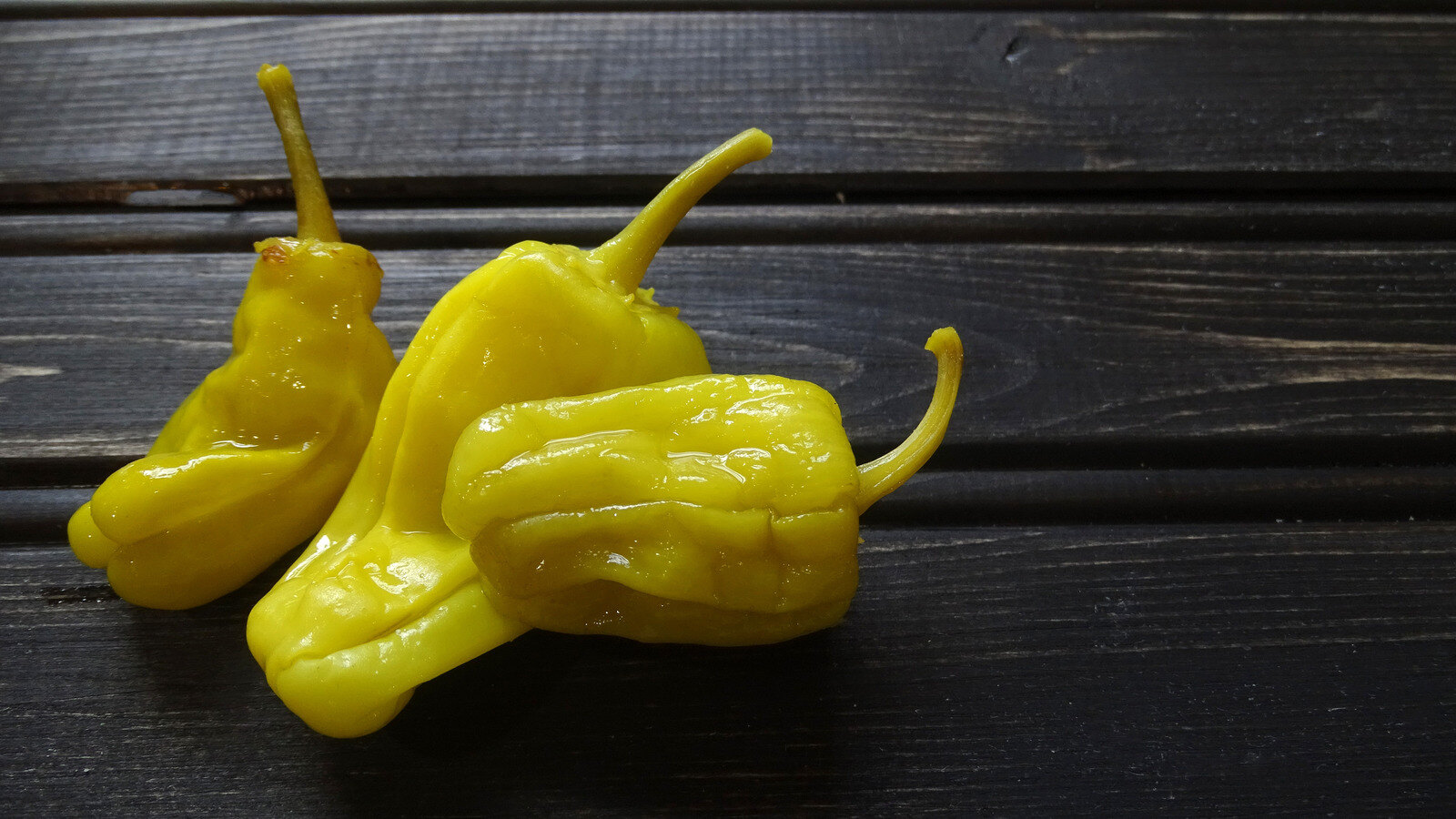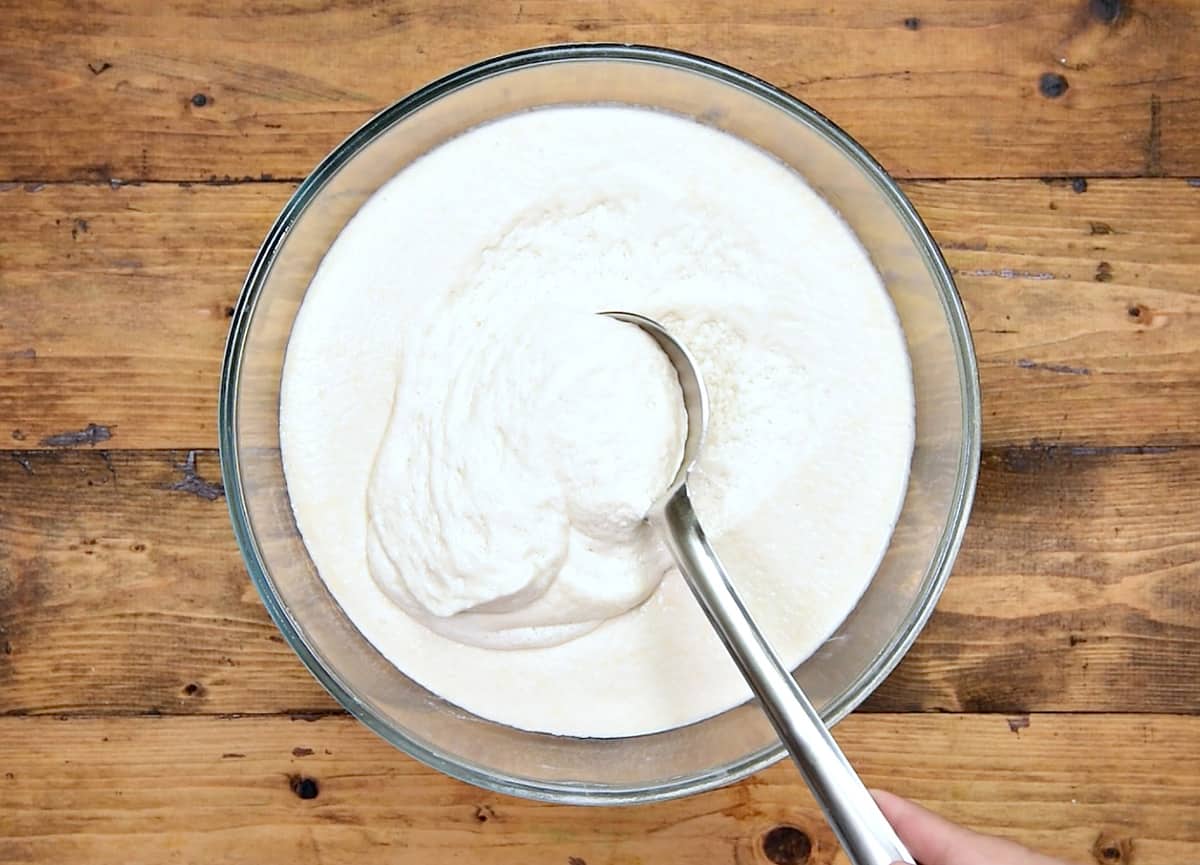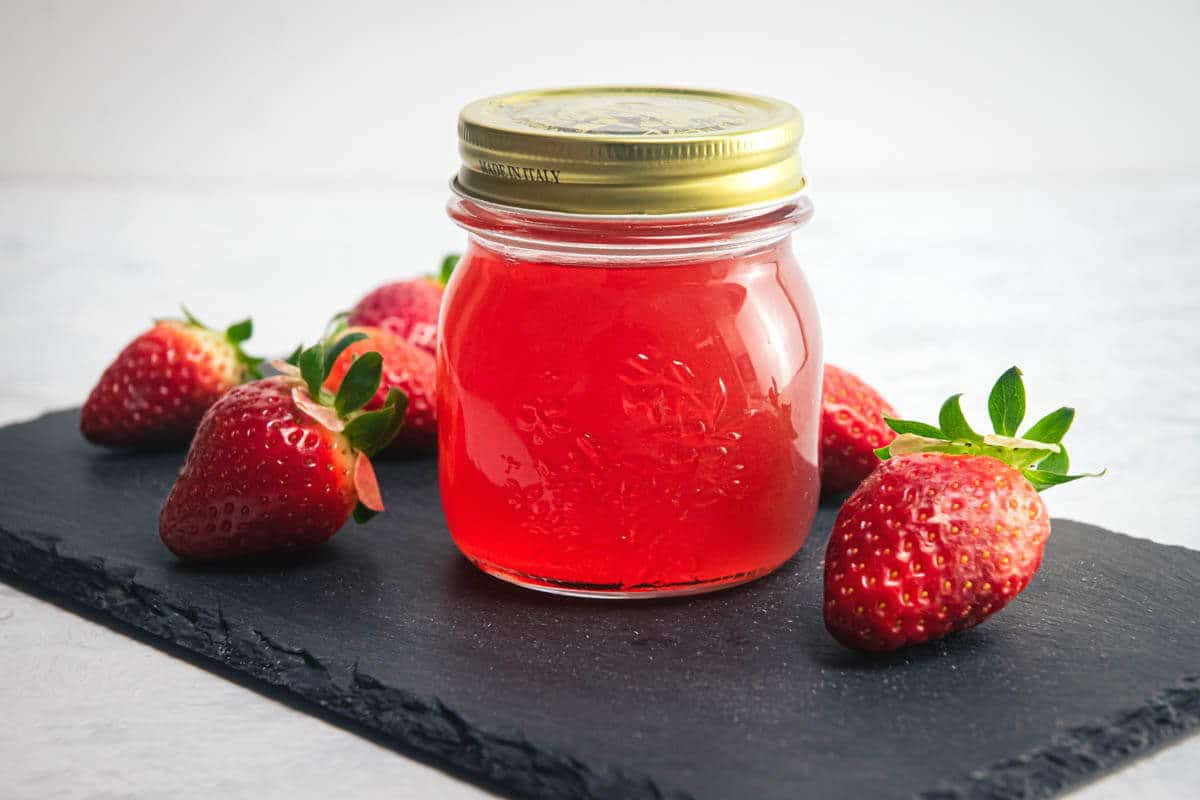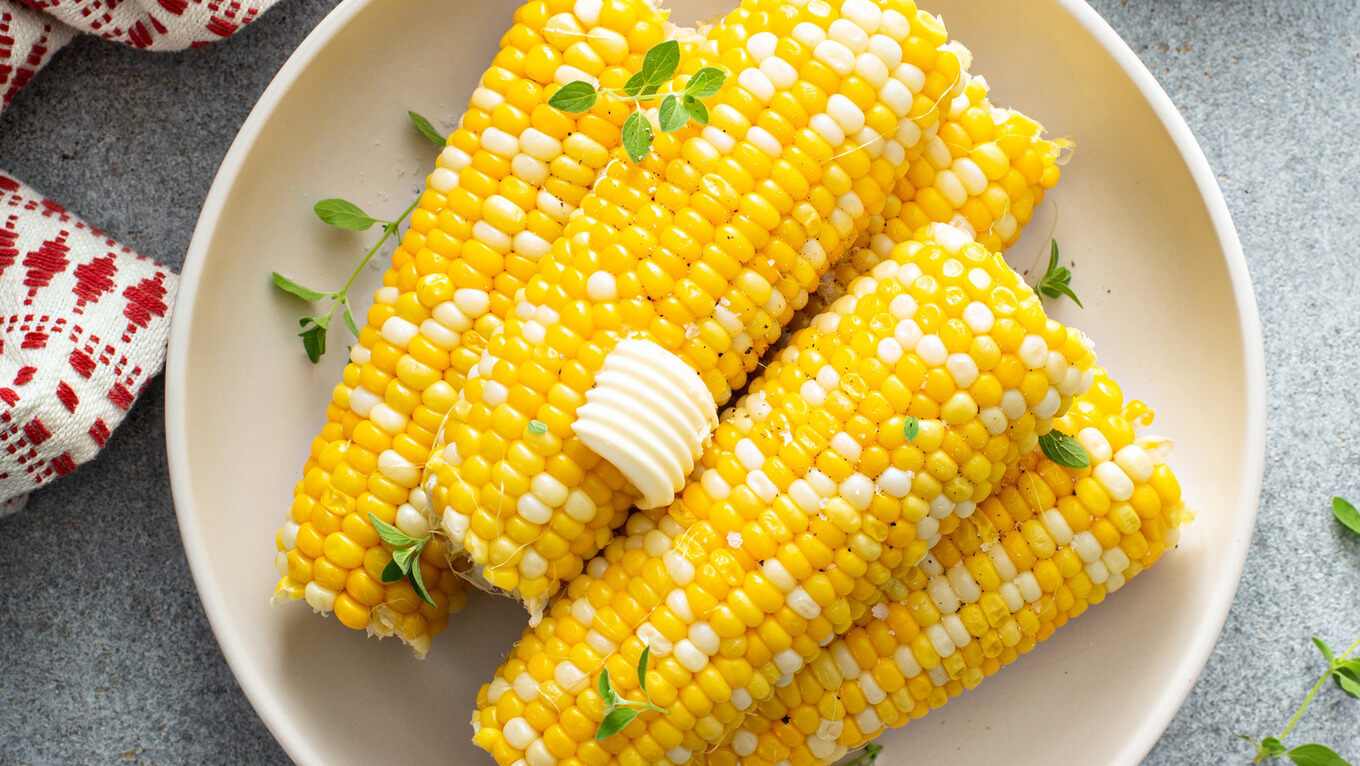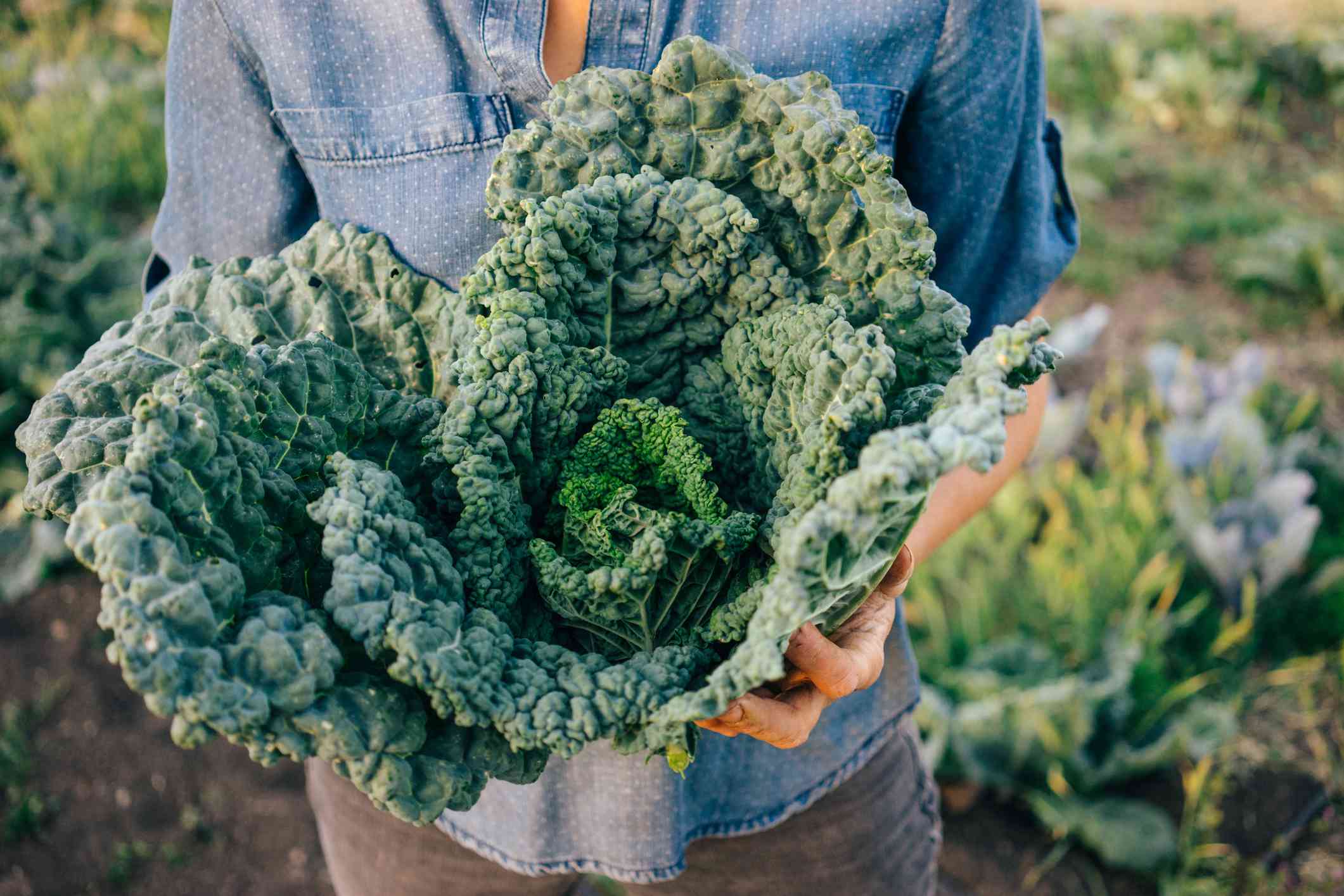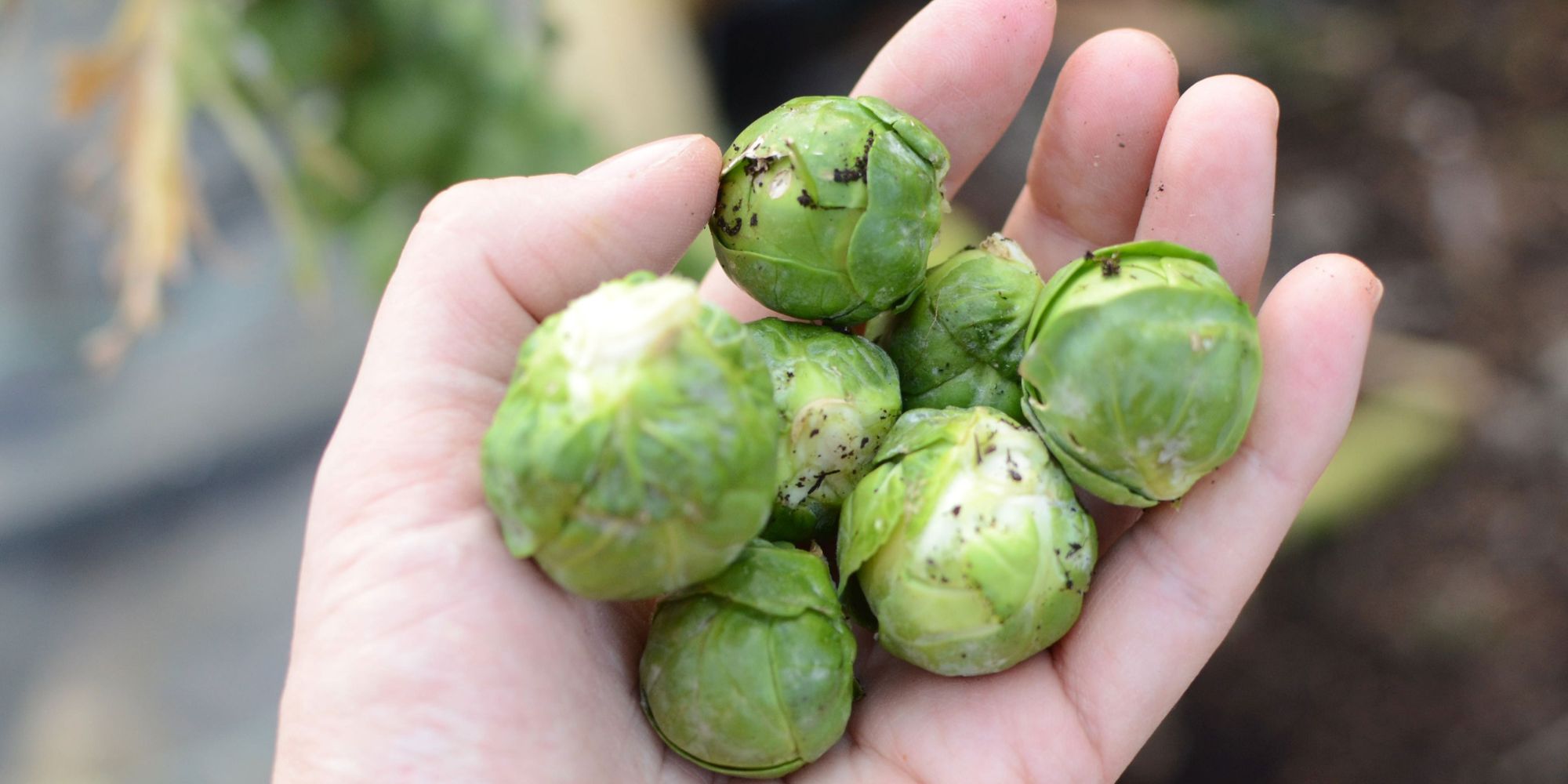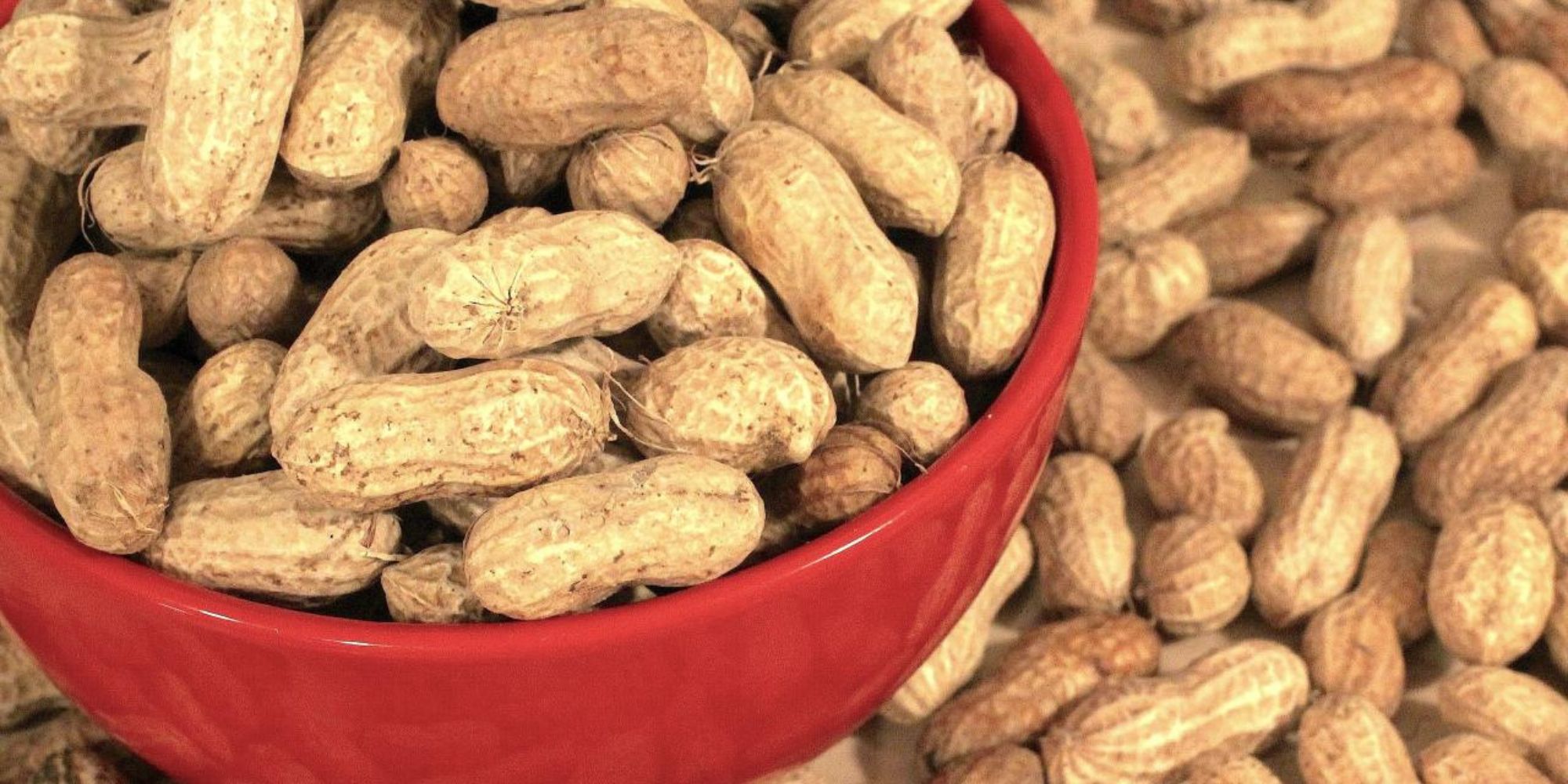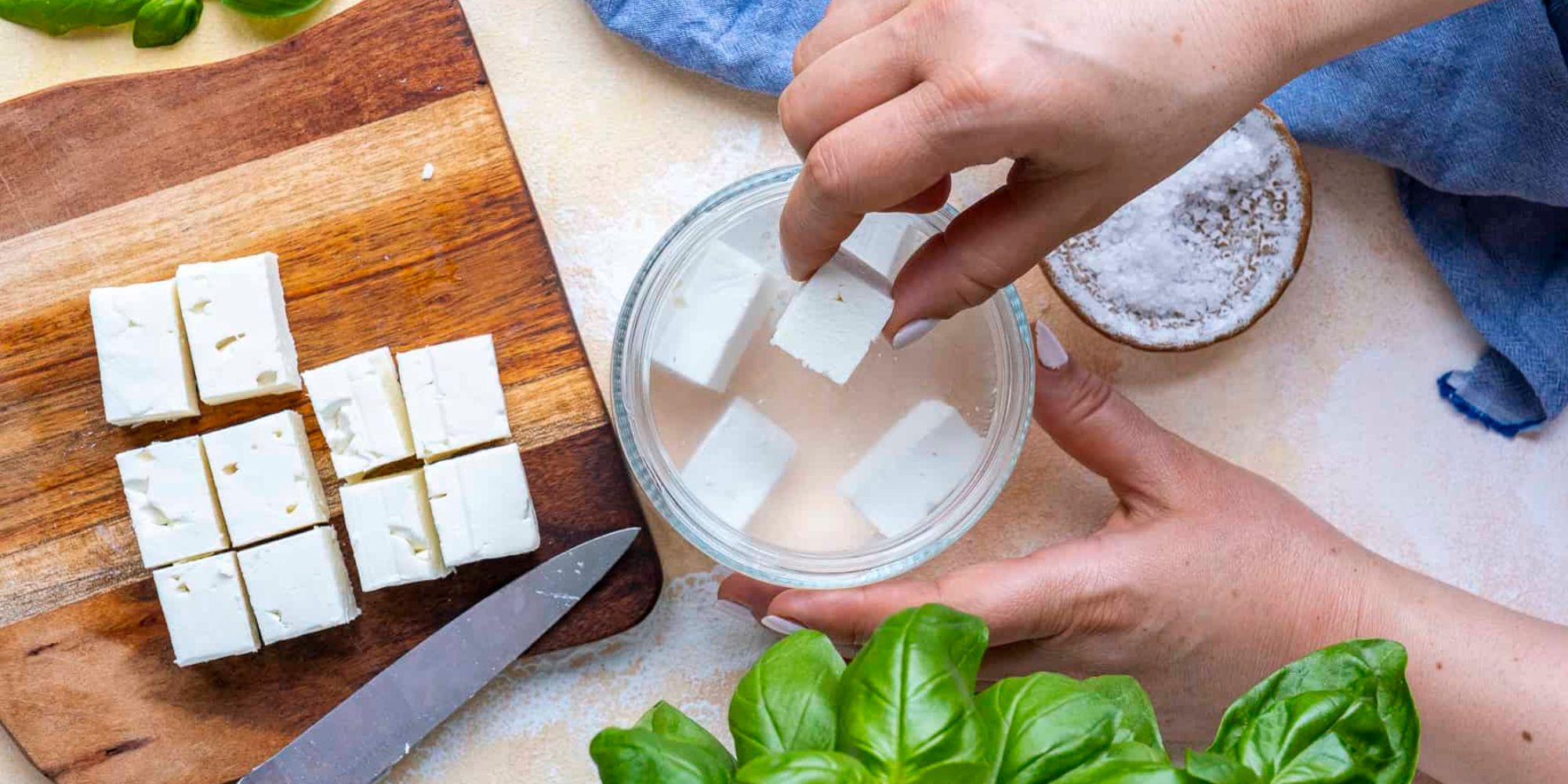Discover the Art of Fermenting Food Without Salt
Fermenting food is an ancient practice that has been used for centuries to preserve food and enhance its flavor. While salt is commonly used in the fermentation process to inhibit the growth of harmful bacteria, it is possible to ferment food without salt. This alternative method allows individuals with dietary restrictions or preferences to enjoy the benefits of fermented foods without the use of salt.
Benefits of Fermented Foods
Before delving into the process of fermenting food without salt, it’s important to understand the benefits of consuming fermented foods. Fermented foods are rich in probiotics, which are beneficial bacteria that support gut health. Additionally, they can aid in digestion, boost the immune system, and increase the bioavailability of nutrients in the food.
How to Ferment Food Without Salt
While salt is traditionally used to create an environment that is conducive to the growth of beneficial bacteria and inhibits the growth of harmful bacteria, there are alternative methods to achieve the same results without salt. Here’s how you can ferment food without salt:
- Use a Starter Culture: Instead of relying on salt to initiate the fermentation process, you can use a starter culture. Starter cultures contain beneficial bacteria that kickstart the fermentation process and help to create a safe environment for the growth of probiotics.
- Utilize Whey: Whey, the liquid that separates from yogurt or kefir, contains lactic acid bacteria that can be used as a starter culture for fermenting food. Simply add a small amount of whey to the food you wish to ferment to introduce beneficial bacteria.
- Opt for Vegetable Brine: Another method for fermenting food without salt is to use vegetable brine. The natural lactic acid bacteria present on the surface of vegetables can be used to initiate the fermentation process. By submerging the food in vegetable brine, you can create an environment conducive to fermentation without the use of salt.
- Experiment with Spices and Herbs: While salt is often used to enhance the flavor of fermented foods, you can experiment with a variety of spices and herbs to add flavor to your fermented creations. This allows you to customize the taste of your fermented foods while omitting salt from the process.
Best Foods to Ferment Without Salt
Not all foods are suitable for fermentation without salt. However, there are several options that lend themselves well to salt-free fermentation. Some of the best foods to ferment without salt include:
- Cabbage
- Carrots
- Cucumbers
- Beets
- Green Beans
These vegetables can be fermented using the methods mentioned above to create delicious and probiotic-rich foods without the use of salt.
Conclusion
Fermenting food without salt is not only possible but also a great way to enjoy the benefits of probiotic-rich foods for individuals who prefer to limit their salt intake. By utilizing starter cultures, vegetable brine, and experimenting with different flavors, you can create a variety of delicious fermented foods without the need for salt. Whether you’re looking to support your gut health or simply enjoy the unique flavors of fermented foods, exploring salt-free fermentation is a worthwhile endeavor.
For those looking to experiment with fermenting food without salt, the article offers a variety of recipes that will spark your culinary curiosity. You can try out fermented carrot-sticks for a crunchy and tangy snack or fermented apple-chutney which pairs wonderfully with meats and cheeses. If you’re a fan of traditional Korean cuisine, salt free-kimchi provides that spicy kick without the sodium. For a refreshing side dish, salt free-cucumber-relish is an excellent choice, especially during the warmer months. Salsa lovers can enjoy lacto fermented-salsa, a zesty addition to your favorite Mexican dishes. Each of these recipes showcases how versatile and flavorful salt-free fermentation can be, making them a must-try for anyone interested in healthier, yet delicious, homemade foods.
Was this page helpful?
Read Next: How To Ferment Habanero Pepper
